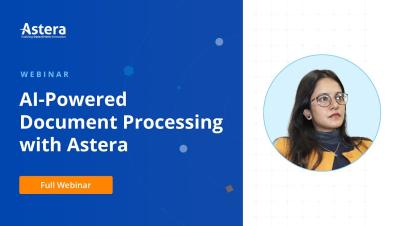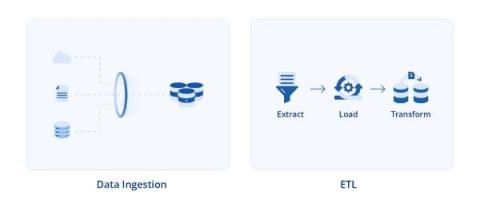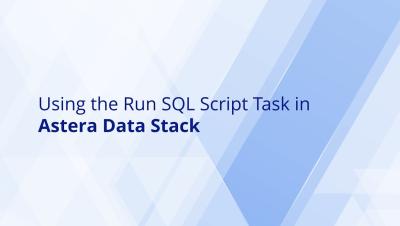Improving Healthcare Data Governance and Integration with Astera
One of the key processes in healthcare data management is integrating data from many patient information sources into a centralized repository. This data comes from various sources, ranging from electronic health records (EHRs) and diagnostic reports to patient feedback and insurance details.







